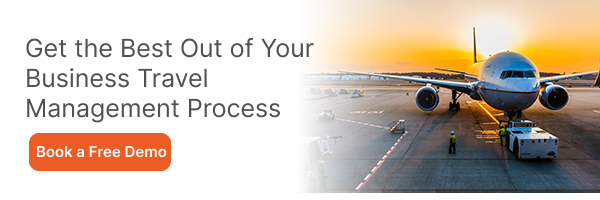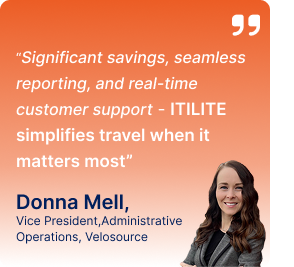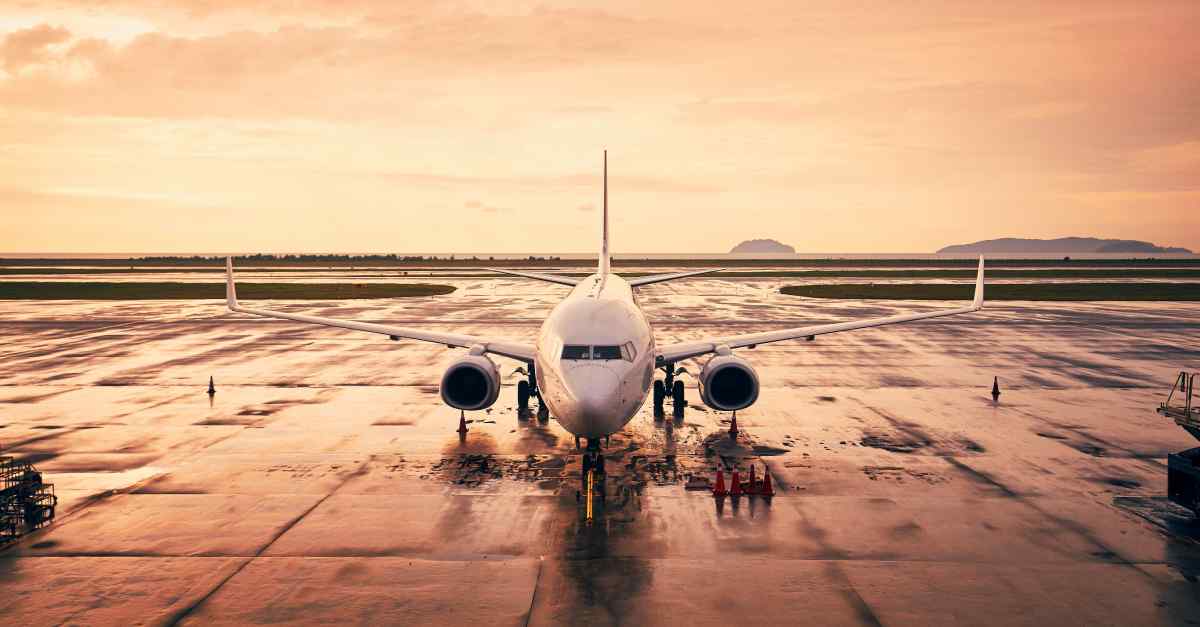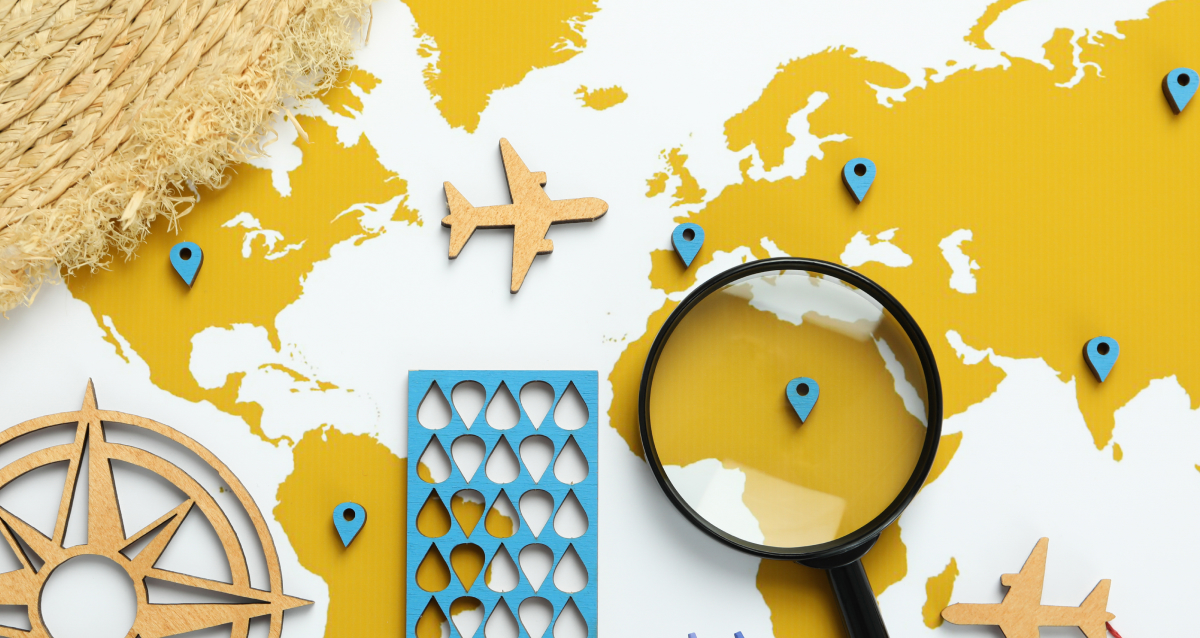
A dynamic travel policy is a travel policy that is designed to be flexible and adaptable to changing circumstances, market conditions, and business needs. Unlike traditional static travel policies that are fixed and rarely updated, dynamic travel policies are responsive and adjusted in real time, thereby increasing business travel savings.
For example, during certain seasons, like popular travel times, prices for flights and hotels can go up. If a company has a static booking price cap, it means employees can only spend a fixed amount. This could lead to employees not being able to find suitable options within the price cap.
But with a dynamic travel policy, things work differently. It takes into account these changes in prices and adjusts the limits accordingly. Let’s say it’s peak travel time, and prices for flights and hotels are higher than usual. A dynamic policy allows employees to spend a bit more during these times.
One way to do this is by incorporating a configurable percentage of flexibility in the policy. For instance, if a 10% flexibility is applied, the available budget for booking hotels and flights increases by 10%.
Problem with Fixed Travel Policy
Many companies have specific limits on how much employees can spend on hotel stays during business trips. These limits are usually set as fixed rates per night, depending on the location, such as city, town, or country. However, determining these rates can be a time-consuming task for the travel manager.
To establish the fixed rate caps, the travel manager needs to invest significant time and effort into researching the previous year’s spending data and average daily rates. They might also need to dig deeper into local information to determine what rate cap would be suitable for the company’s corporate travel policy.
The problem with these fixed rates is that they remain unchanged unless the company invests the time to update them regularly in their business travel management program. It results in a travel policy that becomes stagnant and fails to adapt to changing market conditions. This inflexibility leads to missed opportunities for business travel savings as flight and hotel rates fluctuate over time.
How Does a Dynamic Travel Policy Increase Business Travel Savings?
Airfare and hotel prices are known to fluctuate frequently due to various factors, such as demand, seasonality, and airline pricing strategies.
A dynamic travel policy takes advantage of these fluctuations by keeping a close eye on price changes. When prices drop, or promotional fares become available, employees are encouraged to book during these periods to secure the most economical options.
Another way in which a dynamic travel policy saves money is by giving businesses the flexibility to adjust travel guidelines in response to real-time market conditions. For example, if airfare prices suddenly increase for a particular destination, the policy can be modified to consider alternative airports or travel dates that offer more economical options.
By adapting to changing circumstances, companies can ensure that employees book the most cost-effective travel arrangements available at any given time.
Further, in addition to flights, a dynamic travel policy may promote the use of alternative transportation options when feasible. This could include encouraging employees to consider train travel or carpooling instead of relying solely on flights or taxis. By providing specific guidelines on these alternatives, businesses can reduce transportation costs while maintaining travel efficiency.
How Does a Dynamic Travel Policy Determine Rates?
Dynamic travel policy helps in managing travel expenses by automatically adjusting the maximum spending limit on hotels based on the most economical options available. Instead of setting a fixed price limit for hotel bookings, managers simply provide the software with their preferences, such as requesting a ‘good 3-star hotel’.
The software then utilizes advanced algorithms to determine the appropriate price ranges for different locations. It takes into account factors such as the average cost of accommodation in specific states or cities. For example, the price range for a 3-star hotel in New York might be higher than in Texas due to variations in local market conditions.
This approach eliminates the need for constant manual adjustments to price limits based on individual locations. It streamlines the travel booking process and reduces administrative burden. As a result, managers can rely on the software to set appropriate spending limits, removing any unnecessary restrictions and increasing business travel savings.
Implement a Dynamic Travel Policy to Increase Business Travel Savings
A dynamic travel policy is an effective way to achieve business travel savings. However, to implement dynamic travel policies in your organization, you need a software system that supports dynamic configurations. This is where itilite is the solution for you.
The integrated travel and expense management platform is the one and only software system that supports dynamic policy configuration. This means you no longer need to define a fixed upper limit on airlines or hotels. Just mention other important criteria, like maximum allowed star ratings for hotels or highest cabin class in case of flights. Our system will automatically adjust the upper limit to find the most cost-efficient options.
Want to learn more about dynamic travel policy and maximize your savings? Book a demo with our travel experts now.












